Bordeaux 2014 in barrel: high acidity and high hopes
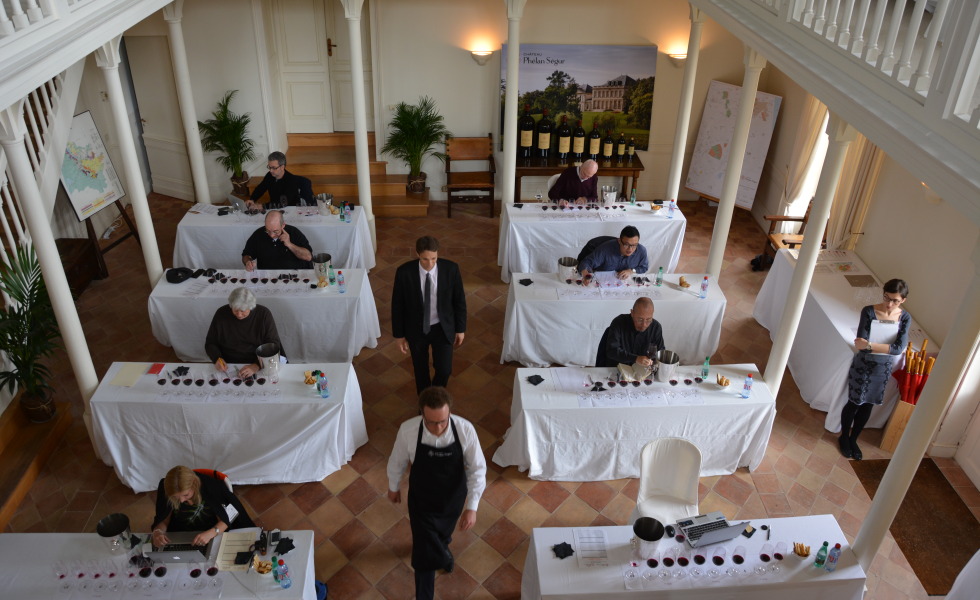
The best wines? Positively classic, full of vibrancy. And a more traditional balance of moderate alcohol levels, with ripeness – and plenty of zing. 2014? Generally very good. The most exciting wines? From the northern Médoc, even though gems exist throughout Bordeaux. For reds, after the “challenging” trio of 2011-2012-2013, 2014 is welcome news. For whites – both sticky and sweet – the vintage is very good.
By Panos Kakaviatos for wine-chronicles
26 May 2015
Many prices have come out for Bordeaux 2014 wines as futures, and I am feeling even more optimistic than about a month ago. I mean, Grand Puy Lacoste for 45 euros? What about Giscours for 30? #Winelovers who want to drink some lovely wines from a positively – and I stress the word positively – classical vintage will find happiness, especially younger buyers who may have more recently discovered Bordeaux. For many of these wines, I say “go for it.”
Even more famous brands like Mouton Rothschild, which was the first of the First Growths to be released, came out at 240 euros ex-Bordeaux, around 11% higher than its 2013 en primeur wine but closer to the 2012 release price – and 2012 is an inferior vintage.
As Decanter reported on 28 April: Château Mouton Rothschild, which I found to be one of the top wines of the vintage, has helped to “breathe life into a slow burning Bordeaux 2014 en primeur campaign by releasing at a price that several merchants believe offers a good deal to consumers.”
But let’s look at other higher-end releases. Château Lynch Bages – my favorite in a blind tasting of Pauillacs from barrel – is now available in the United States for under $80: just take a look at wine-searcher.com. An excellent price for fans of this fine estate as available bottles from previous vintages cost more.
All the more reason to buy futures of this wine.
Some estates have outdone themselves. Château Sociando Mallet has come out at the same price as 2013. A great gesture.
To the tasting notes
Margaux– Saint Julien – Pauillac – Saint Estephe – Cru Bourgeois and Haut Médoc
Saint Emilion – Pomerol – Lalande de Pomerol
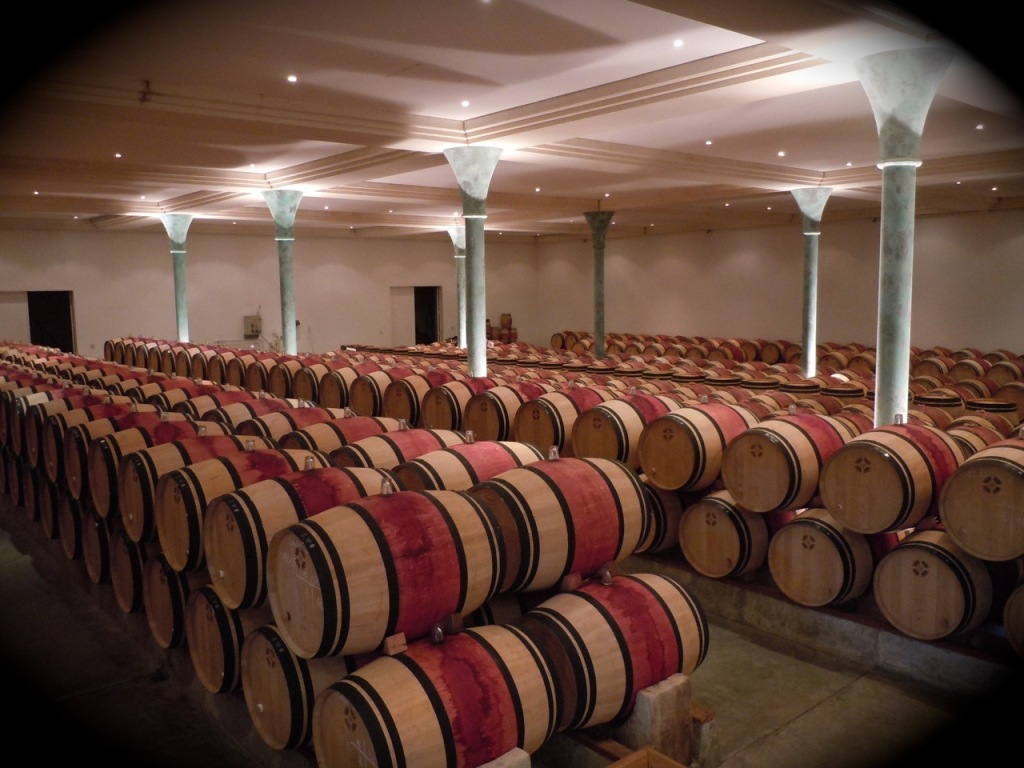
We are talking barrel samples, not final products… Barrels from the lovely cellars at Château Branaire Ducru
2014 is not “perfect” but who needs perfection?
As I report in Harpers Wine & Spirit and in my new educational blog in Total Wine, the vintage is a “classicist’s delight” in the positive sense of the term. The wines have high acidity and vivacity. The acidity – for both reds and whites – is an important “hallmark” of the vintage, as noted oenologist Denis Dubourdieu reported in his excellent vintage summary.
And after three challenging vintages (for reds) in a row, Bordeaux geeks are right to believe that something finally good has arrived.
But a word of caution is in order. High acidity can accentuate the sensation of tannin, which was also high in the vintage.
The French adage août fait le mout means August makes the must. In 2014, it didn’t. Bill Blatch – who also drafted a harvest report for the Bordeaux Grand Cru Union (UGCB) – told me: “There were more problems with Merlot than there were with Cabernet, because the Merlot grapes got big and were picked closer to that very indifferent summer than the Cabernets, which were able to profit more from the Indian Summer.”
Indian Summer vintage
Adam Lechmere, fellow London-based wine writer – and European editor of wine-searcher.com – told me at a trade tasting at Ulysses Casabonne: “You cannot avoid the fact that since at least September, many observers began to think that 2014 was going to be a good vintage.” We both saw grapes brought in during harvest last autumn and appreciated their excellent maturity.
“As a journalist, you take such claims with a grain of salt, as Bordeaux chateaux always seek to hype a vintage – and how often have we heard that a late season saved the vintage,” Lechmere said. Indeed, just do a Google search of “Indian summer saves vintage” and you will find several examples, including one for the average 2007 vintage.
But 2014’s September proved truly unique. It brought 265 hours of sunshine: 31% higher than the average over the last 30 years. There were only two days of light rain (5.6mm on 8 September and 11mm on 17 September, for example in Saint Julien), with maximum temperatures during the first three weeks well above the monthly average at 79.16 to 88.7˚F.
Furthermore, Denis Dubourdieu reported that October 2014 was – along with October 2011 and October 2009 – “one of the driest in the past 10 years”. It was remarkably warm, with daytime maximums in excess of 27°C on the 17th, 18th, and 19th. The average maximum temperature (22.7°C) was 2.3°C above the seasonal norm.
Looking more carefully at my notes, I must say that during blind tastings, I was most excited when tasting Saint Julien, Saint Estephe, Pauillac and – to lesser extents – Margaux and Graves. My impressions were even less enthusiastic when it came to the Right Bank, particularly with Saint Emilion.
But let us complicate things, shall we?
I also tasted some superlative wines from the Right Bank, many from Pomerol and some from Saint Emilion, even though Saint Emilion proved patchier as an appellation than any of the Cabernet-dominated appellations in the Medoc and in Graves. For me, the best Saint Emilions were the ones that did not try to extract too much tannin from new oak, resulting in freshness and grace (Cheval Blanc, Canon, Corbin – two name three estates that start with a “c” as very fine examples thereof). Furthermore, as we shall see, not all Cabernet-driven wines were consistent either, with some lackluster performances.
Fellow wine writer Yves Beck from Switzerland quipped: The Right Bank was more a vintner’s/winemaker’s vintage, whereas terroir played a role in determining the better wines on the Left Bank. He may be on to something.
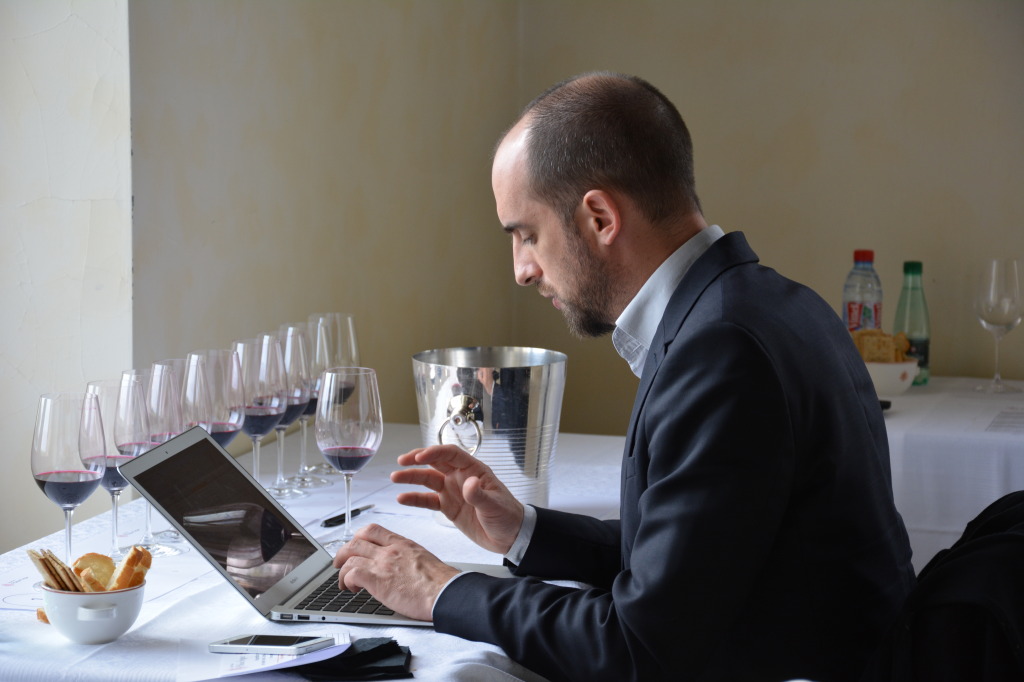
Julien Boulard assessing northern Medoc wines blind at Château Phélan Ségur. Photo by Laure-Marie Ducloy.
For example, more rain was reported to fall in Margaux than in the northern Medoc. Could that explain why Margaux was a bit less consistent than the northern Médoc? I certainly recall experienced tasters like Julien Boulard (photo above) and Niko Dukan not liking Margaux as much as the northern Médoc appellations, following blind tastings at Château Rauzan Gassies (for Margaux and southern Médoc wines) and at Château Phélan Segur (for the northern Médoc), and I understand where they are coming from.
Sure, there were some really nice wines – such as a stellar performance by Château Labégorce – but one did not get quite as consistent a qualitative picture as from, say, Pauillac or Saint Estephe. Yet Margaux was – for me – rather solid. Certainly far more solid than blind tastings at Saint Emilion.
Whites : very good indeed
As I report in Harpers, the whites – both sticky and dry – are quite good to excellent in 2014, but do not over-estimate the high acidities. Some estates did not have the ripeness to match the acidities, resulting in simple, varietal type wines or wines that are monotone and rather hard, from the accentuated acidity. But, you can see all that in the tasting notes.
By and large, 2014 is successful for whites, and perhaps I am being too conservative in my appraisal.
For whites, Sauvignon Blanc grapes were very aromatic, with sugar levels comparable to 2013, but with much higher acidity and a malic acid content sometimes greater than 6 g/L. Some vintners reported never seeing such high acidity levels. Rarely practiced on white Bordeaux, partial malolactic fermentation was advised for the most acidic lots, according to Dubourdieu. “When well done,” he wrote, “this made the wines rounder without detracting from their typicity.”
And as Decanter reported here: “While some grape varieties, notably Chardonnay, routinely undergo malolactic fermentation in regions such as Burgundy, it is thought that this secondary fermentation – which typically takes place after the initial fermentation that turns sugar to alcohol, and is intended to turn harsh green apple malic acids into softer rounder lactic acids – can harm the vibrant aromatics of Sauvignon Blanc.”
Yields (especially for Sémillon) were low due to the small number of buds and cold weather during flowering. Benefiting from a beautiful September, Sémillon grapes on suitable limestone or clay/limestone terroirs were sweeter than in 2013 and also featured unusually high acidity, according to Dubourdieu. “Such a highly unusual balance, more reminiscent of Chablis or Sancerre, augurs very well for an outstanding dry white wine vintage,” he reported.
Sauternes barrel samples in 2014 include gorgeous successes. I am now thinking of how darn good Suduiraut was, to pick one example! Yet, I wonder if there is a risk to over-estimate the vintage. Based on my tasting notes, the acidity was quite prominent and not always balanced by enough richness. It is very hard to gauge prenatal Sauternes…
To the tasting notes
Margaux– Saint Julien – Pauillac – Saint Estephe – Cru Bourgeois and Haut Médoc
Saint Emilion – Pomerol – Lalande de Pomerol
Category: Blog Tagged: acidity, barrel tastings, Bordeaux 2014, tannin, Total Wine
5 Comments on “Bordeaux 2014 in barrel: high acidity and high hopes”
Leave a Reply Cancel reply
This site uses Akismet to reduce spam. Learn how your comment data is processed.
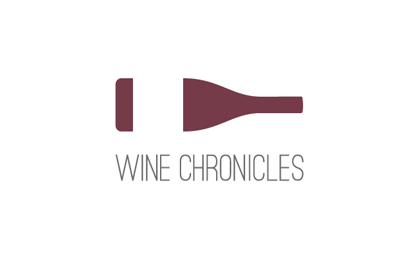 Wine Chronicles
Wine Chronicles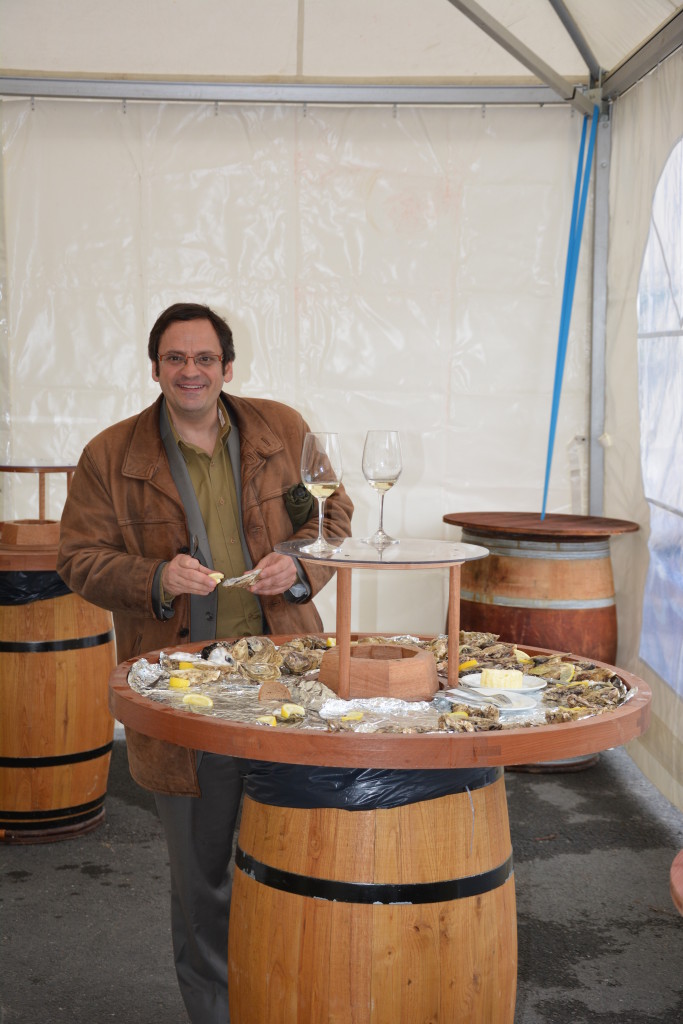
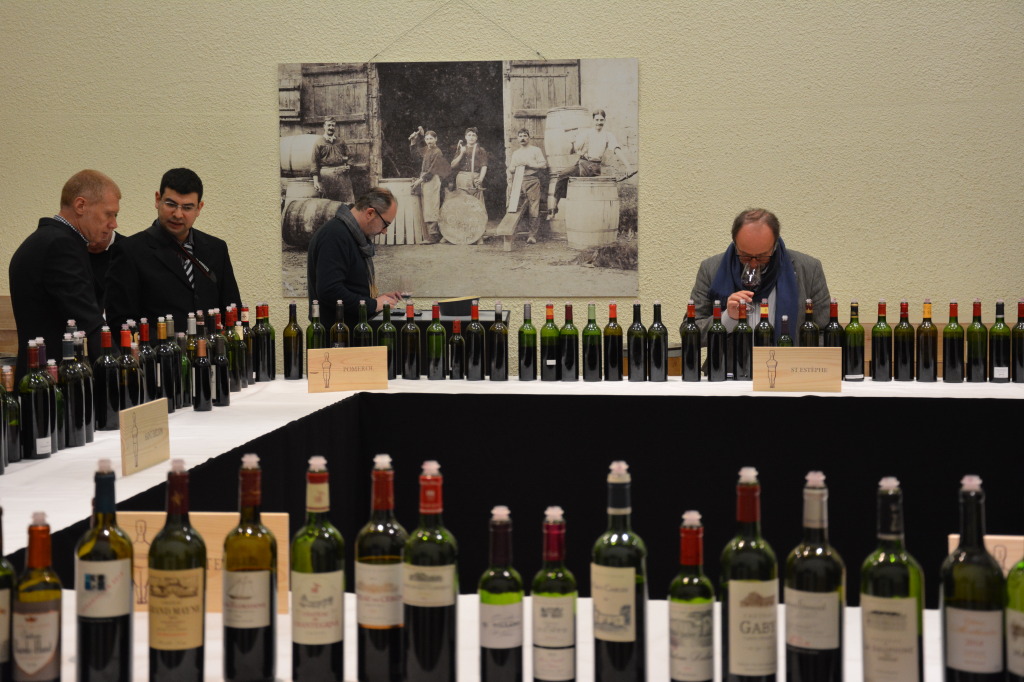
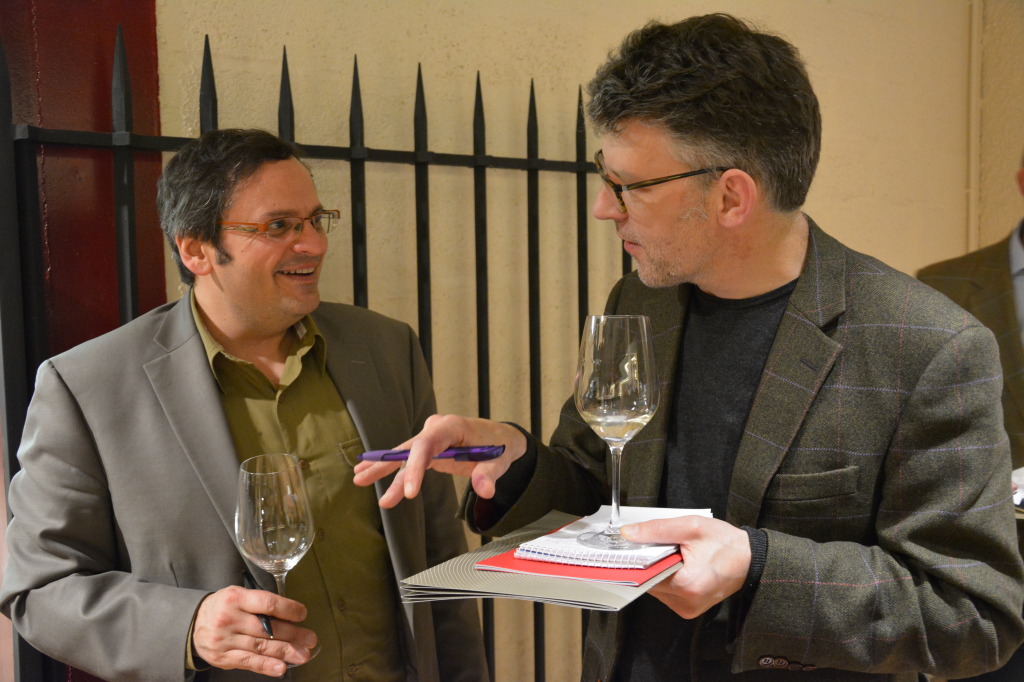
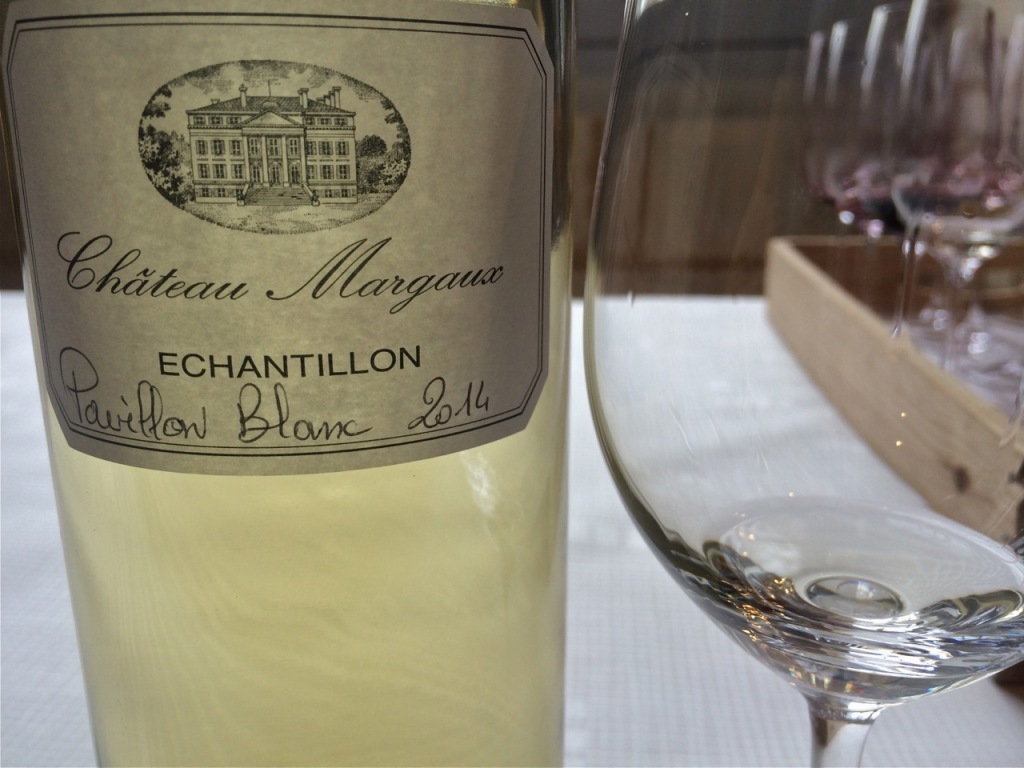

Panos,
Did you get to taste 2014 Sauternes and Barsac. The prices I am seeing for them are very cheap. If you did taste them, what did you like
Hi Howard! I am sidetracked by my work during the day and a deadline writing assignment for Decanter this weekend but yes, I had a chance to taste quite a few Sauternes. Beware of the over estimation of high acidity. I am not as bullish on Sauternes as some other writers but there were some barrel samples that really did very well. Suduiraut comes to mind as a particularly successful barrel sample as does de Fargues. Yquem was great but not reaching heights of 2001 for example. Anyway, hope to post on the stickies within a week.
I tend to like higher acid Sauternes, so I am really thinking of bars acts like Climens, Doisy Daine, Coutet, etc. prices seem quite cheap.
Makes sense Howard. I like high acidity, too. But what makes 2014 unique is – as Pierre Lurton told me – he has never seen such a high level. For that reason, a more sumptuous style that you would find at Suduiraut is extra special, as it has that sumptuousness plus the acidity. Some of the already brighter styles I wonder about. They seemed closer to Loire Valley late harvest wines. In any case, I did not taste the barrel samples at Climens as the final blend is not ready yet, but I will in June. Doisy Daene is very nice by the way, as it Coutet. If they are low priced, and given your stylistic preference, get some! As you know, there is no rush with Sauternes, as I doubt off the shelf will be any less money than as futures prices.
Great write up! I look forward to hearing your thoughts each year in Bordeaux. My wife and I had our first child last year so I was even more focused on this vintage.
Picked up some Leoville Barton, Grand Puy Lacoste, Domaine de Chevailer, and Calon Segur for now.
Really enjoy the website. Keep it up.